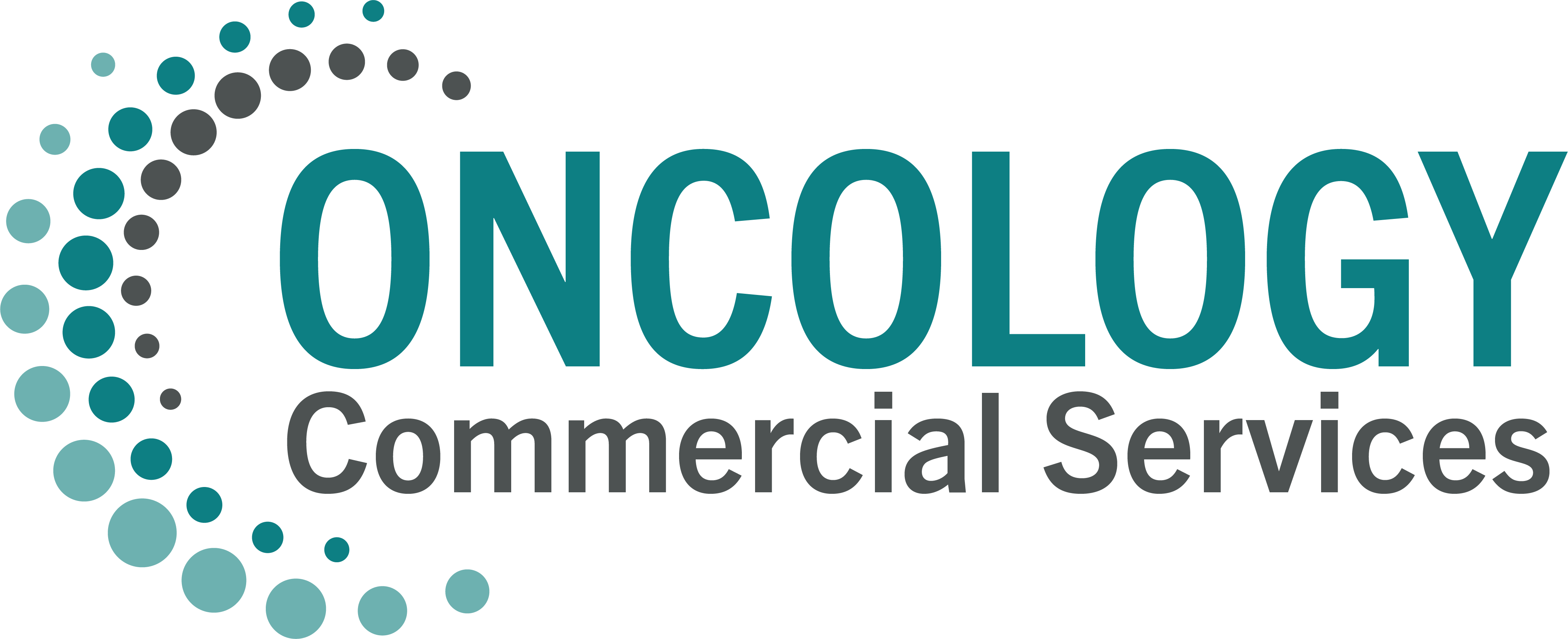Two Hematological Markers Predicting the Efficacy and Prognosis of Neoadjuvant Chemotherapy Using Lobaplatin Against Triple-Negative Breast Cancer
Our previous work indicated that the addition of lobaplatin to combined therapy with taxane and anthracycline can improve the pathological complete response rate of neoadjuvant therapy for triple-negative breast cancer (TNBC) and lengthen long-term survival significantly, but the therapeutic markers of this regimen are unclear.
Eighty-three patients who met the inclusion criteria were included in this post hoc analysis. We analyzed the association between platelet-to-lymphocyte ratio (PLR) and neutrophil-to-lymphocyte ratio (NLR) before neoadjuvant chemotherapy with the efficacy and prognosis after treatment with docetaxel, epirubicin, and lobaplatin neoadjuvant chemotherapy regimen. χ2 test and Cox regression were used to analyze the association between PLR and NLR with total pathologic complete response (tpCR), as well as the association between PLR and NLR with event-free survival (EFS) and overall survival (OS), respectively.
The tpCR rate in the PLR− group was 49.0% (25/51), which was significantly higher than that in the PLR+ group (25.0% [8/32], P = .032). The tpCR rate in the NLR− group was 49.1% (26/53), which was significantly higher than that in the NLR+ group (23.3% [7/30], P = .024). The tpCR rate of the PLR−NLR− (PLR− and NLR−) group was 53.7% (22/41), which was significantly higher than that of the PLR+/NLR+ (PLR+ or/and NLR+) group (26.1% [11/42]; P = .012). EFS and OS in the NLR+ group were significantly shorter than those in the NLR− group (P = .028 for EFS; P = .047 for OS). Patients in the PLR−NLR− group had a longer EFS than those in the PLR+/NLR+ group (P = .002).
READ THE ARTICLE – https://academic.oup.com/oncolo/advance-article/doi/10.1093/oncolo/oyae025/7618162
